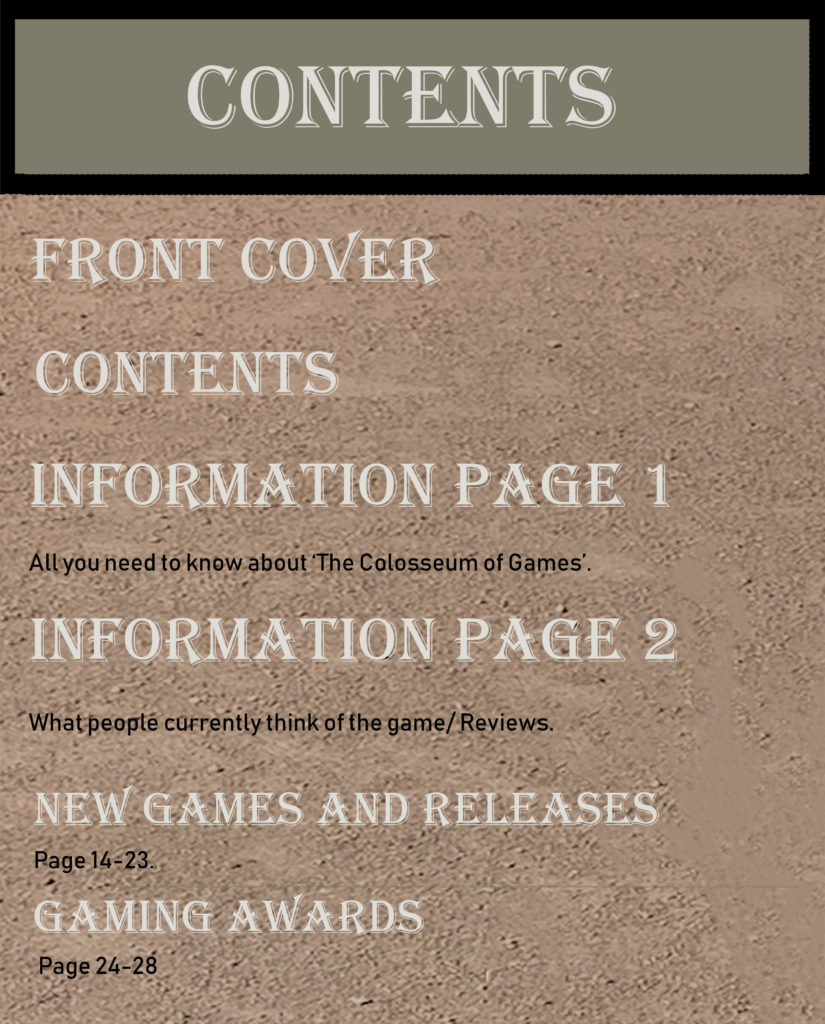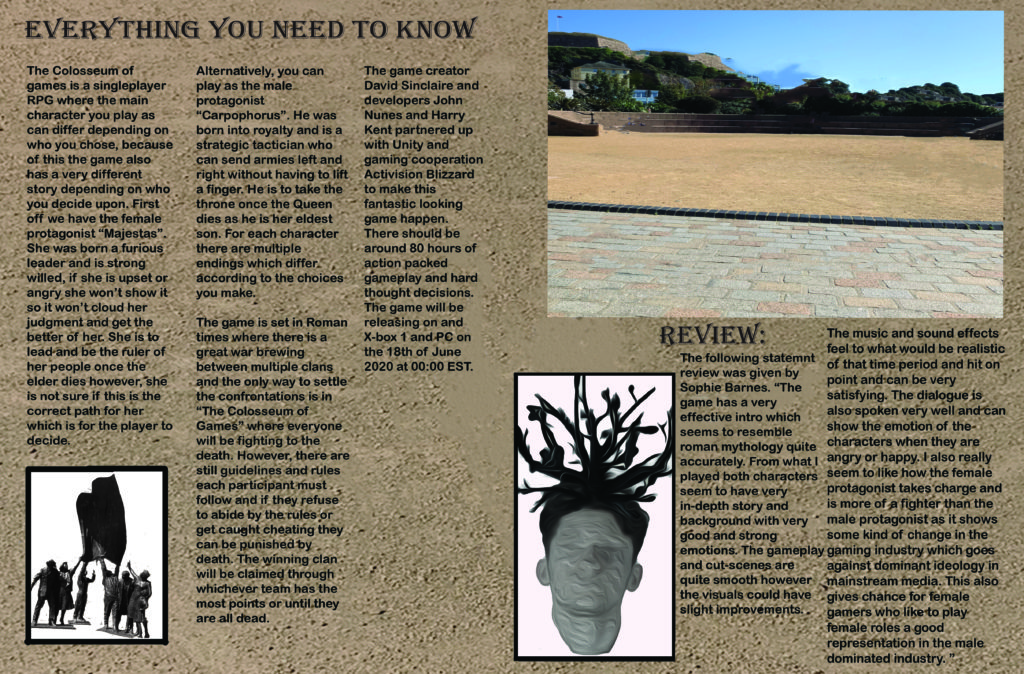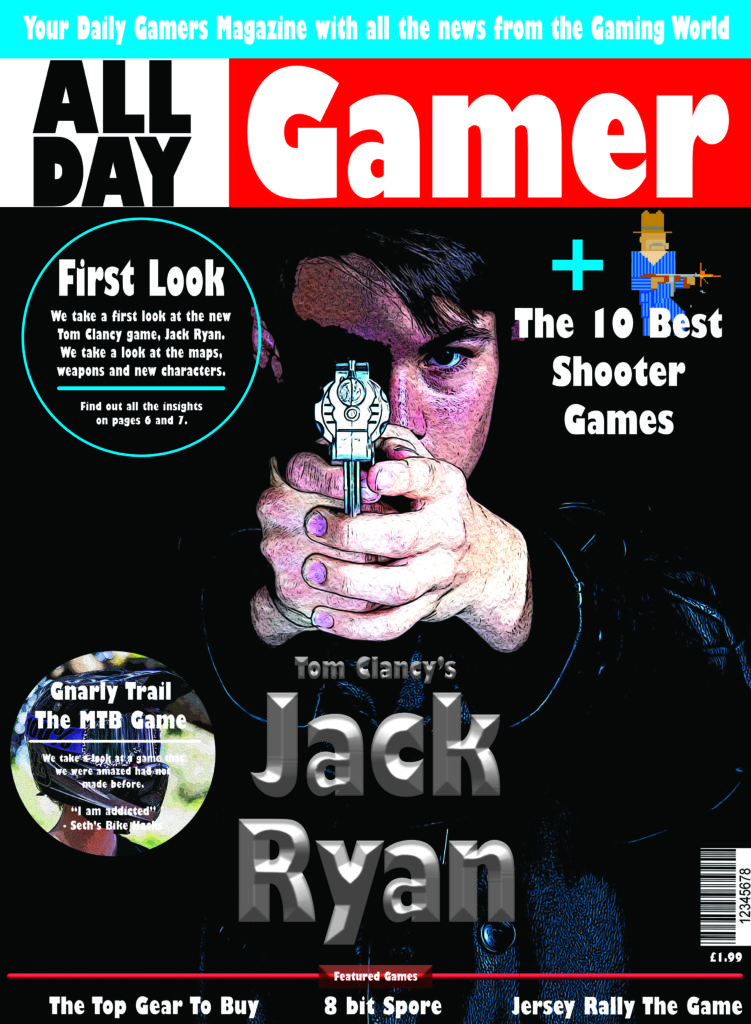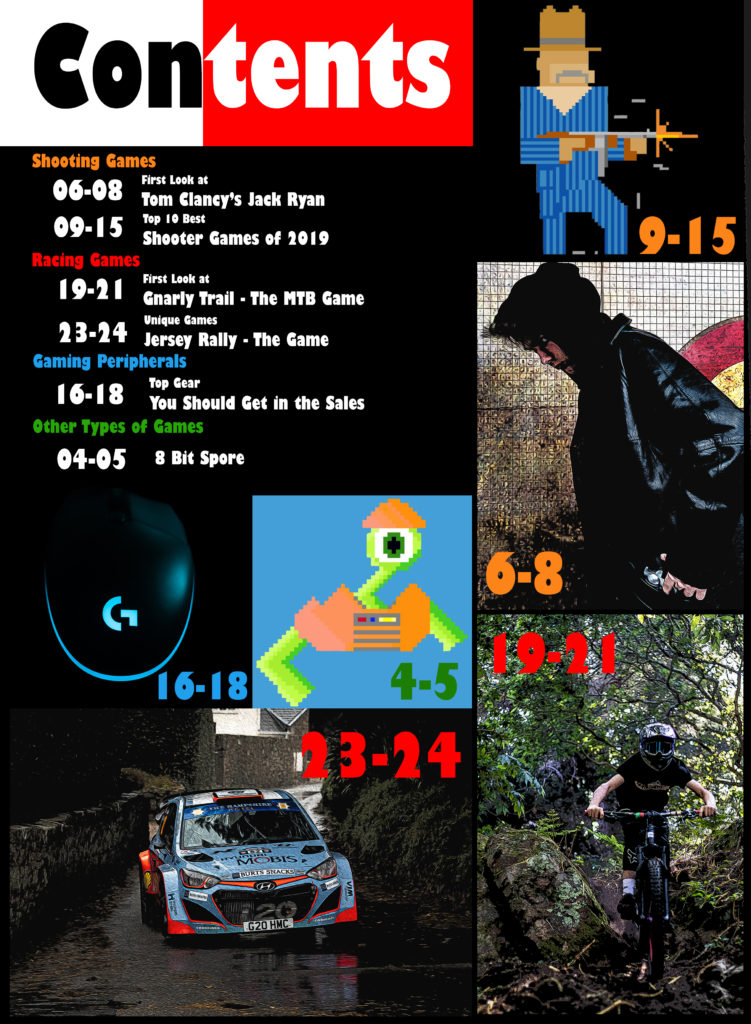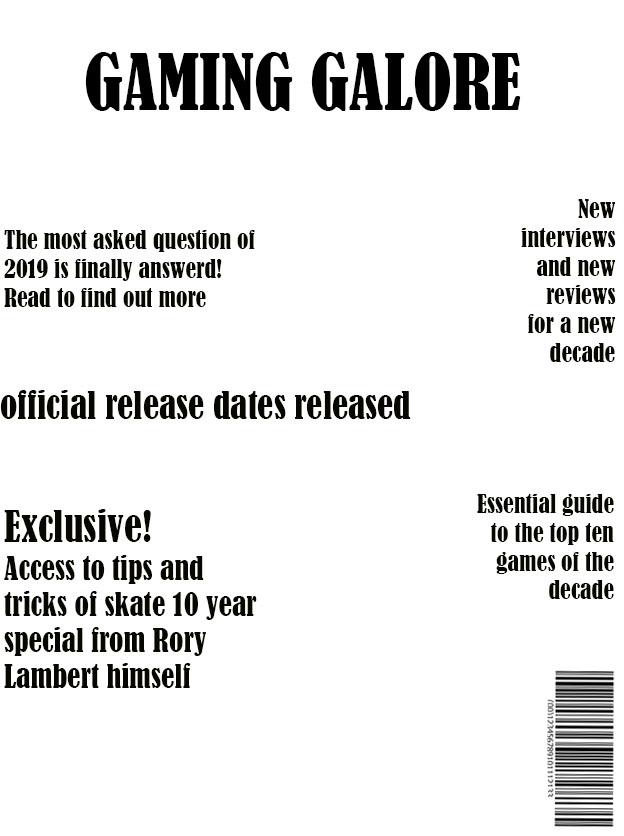Subsidary – Smaller companies, owned by a conglomerate
Verticle Integration – Ownership of multiple companies – e.g all the companies invovled in the stages of creating a song/ music video.
Horizontal Integration – Ownership of similar companies
Monopoly – When a conglomerate owns all subsidaries
Diversification – A bussiness varying it’s range of products or field of operation – appealing to a larger audience
Vivendi – UMG – Vevo
Vivendi – 1853, subsidaries = UMG, Dailymotion
UMG = Subsidaries = Def Jam Recordings, virgin records
Vevo = Alan Price
Audience Theory – Gramci Hegemony
Gramci (General Secretary of italian communist party) – Refers to cultural hegemony which describes how the state and the bourgeoise use cultural institutions to maintain power in a capitalist society.
Cultural hegemony refers to domination or rule maintained through ideological or cultural means. It is usually achieved through social institutions (Government), which allow those in power to strongly influence the values, norms, ideas, expectations, and behavior of the rest of society.
Consent + Force = (Tug of War)
consent/ persuasion VS Violence
In relation to ‘Letter To The Free’
Therefore, in a Letter To The Free, Commons attitude towards the unfair treatment of black people in the supposed ‘Land Of The Free’ links into Gramci’s theory of Hegemony as the government – a social institution – is arresting masses amounts of black people, many of whom aren’t criminals, which therefore influences other peoples opinion of black people and their culture.
Common makes the video black (To show how colour shouldn’t matter(?)) and white is influencing his audiences via culture, making them listen and beleive in his POV. He is using Culture – His music video, as well as effects such as it being black and white, the symbolic shape, their surroundsings, in order to persuade his audience.
Common chooses the music video to engage in a struggle for hegemony with the ruling class and the dominant ideology. The music video is part of the hegemonic struggle
Audience Theory – Habermas ‘The public sphere’
His contributions have shaped the nature of debates over critical theory, feminism, cultural studies, and democratic politics. In this book, scholars from a wide range of disciplines respond to Habermas’s most directly relevant work, The Structural Transformation of the Public Sphere. From political theory to cultural criticism, from ethics to gender studies, from history to media studies, these essays challenge, refine, and extend our understanding of the social foundations and changing character of democracy and public discourse.
Explain how the social, political and cultural contexts of media influence how audiences may interpret the same media in different ways. Use Common’s Letter to the Free to support your answer.
One way in which context can influence how audiences interpret the same media differently, would be culture and how peoples culture can differ/ be shared. For example, In the music video – ‘A Letter To The Free’, the American rapper and activist ‘Common’ can be seen in an old prison which is used to convey his message of the unfair imprisonment of black people; he is representing the black community who have been oppressed in the supposed ‘Land of the Free’, the song being the symbolic sign, a ‘Letter’ and other people such as capitalist whites being the ‘Free’ as they are ‘superior’ to the black community and have oppressed them. Cultural hegemony refers to the domination or rule maintained through ideological or cultural means (violence or consent), the dominant ideology being created by powerful social institutions. Therefore, in a Letter To The Free, Commons attitude towards the unfair treatment of black people links into Gramci’s theory of Hegemony as the government – a capitalist social institution – are abusing mass amounts of black people, many of whom aren’t criminals, just because they have the power and can influence what the dominant ideology suggests. To create a profit from the prisons for the owners – bourgeoisie business men. This view is evident through the lyrics – “Prison is a business, America’s the company”.
In comparison to common, the government, as a social institution, are far more superior and therefore more likely to have an influence on the public,; the dominant ideology portrayed through media sources such as the news, will have been most likely supporting government ideas. In this case, oppressing all these innocent people and the continuation of slavery under the 13th amendment simply to gain profit. When referring to the social contexts and it’s effects on an audiences view on the same media product, it is important to take into account conglomerates such as Vivendi and the influence they have on society’s beliefs. A subsidiary to Vivendi, UMG agreed to license premium videos from its artists, Common, onto Vevo. Vivendi, based in Paris, is a mass media conglomerate using horizontal integration so that they have activities in music, television, film and video games. “We exist to shape culture through the power of artistry”, this quote, taken from the UMG website, suggests that via the power of culture – song and music video – and taking a subject such as slavery in Commons ‘Letter To The Free’, the artist has the power to change and shape social beliefs. Similarly, George Gerbners Cultivation theory states that the more an audience is exposed to a media product, the more they are going to believe in it/ question their own ideologies. In this instance, the more amount of times ‘A Letter To The Free’ is played the more likely the people who are unaware of the situation in America are going to believe commons view.


